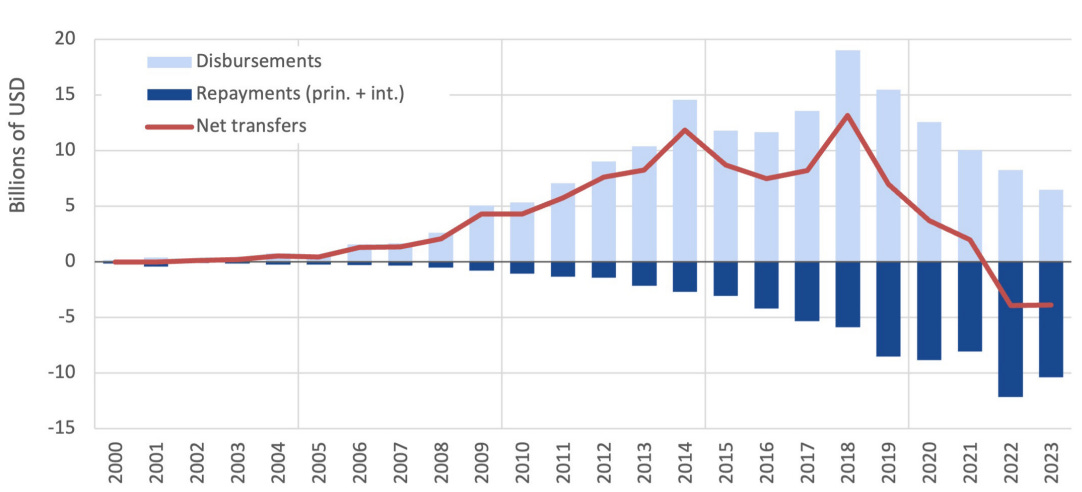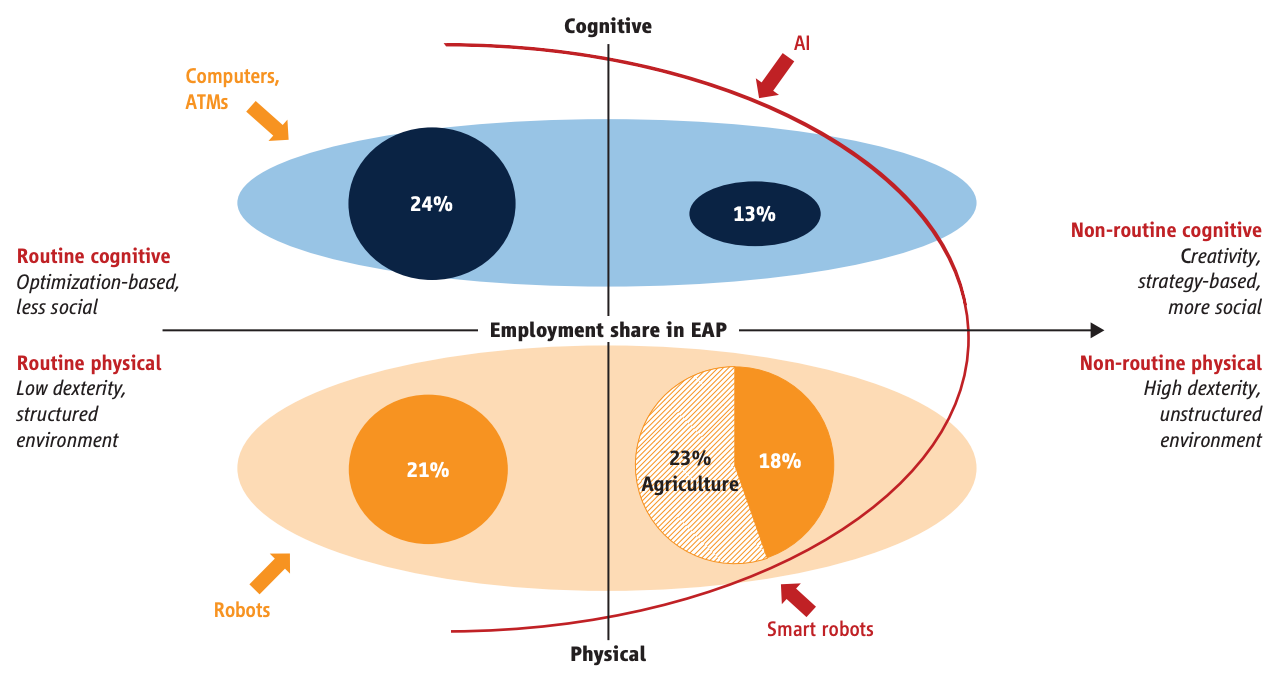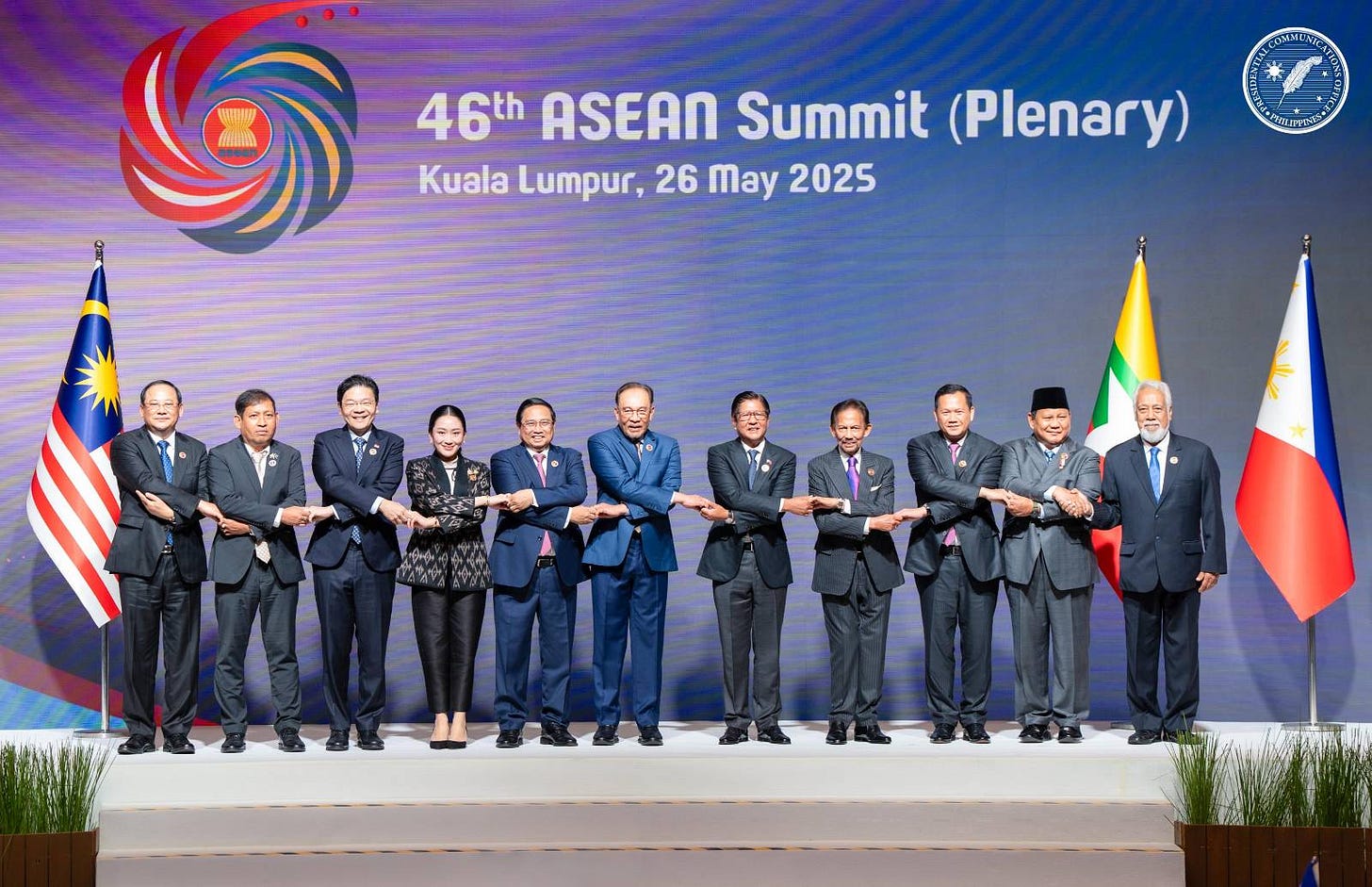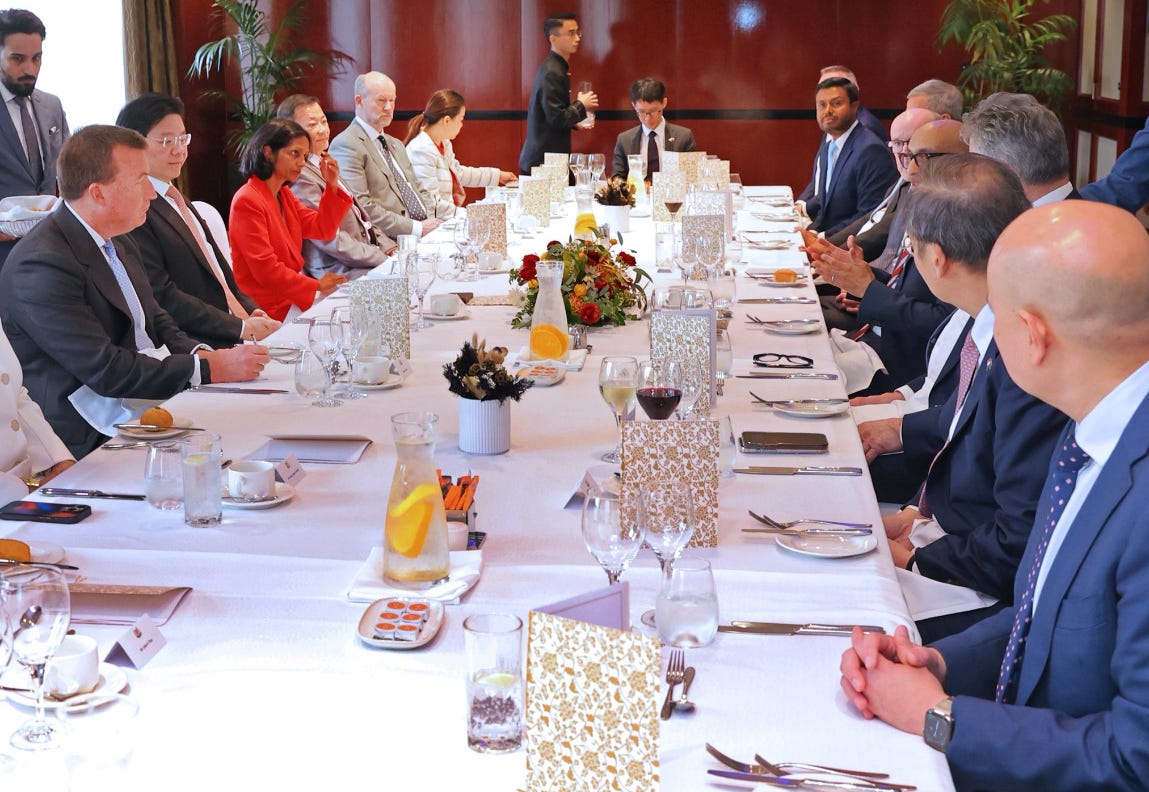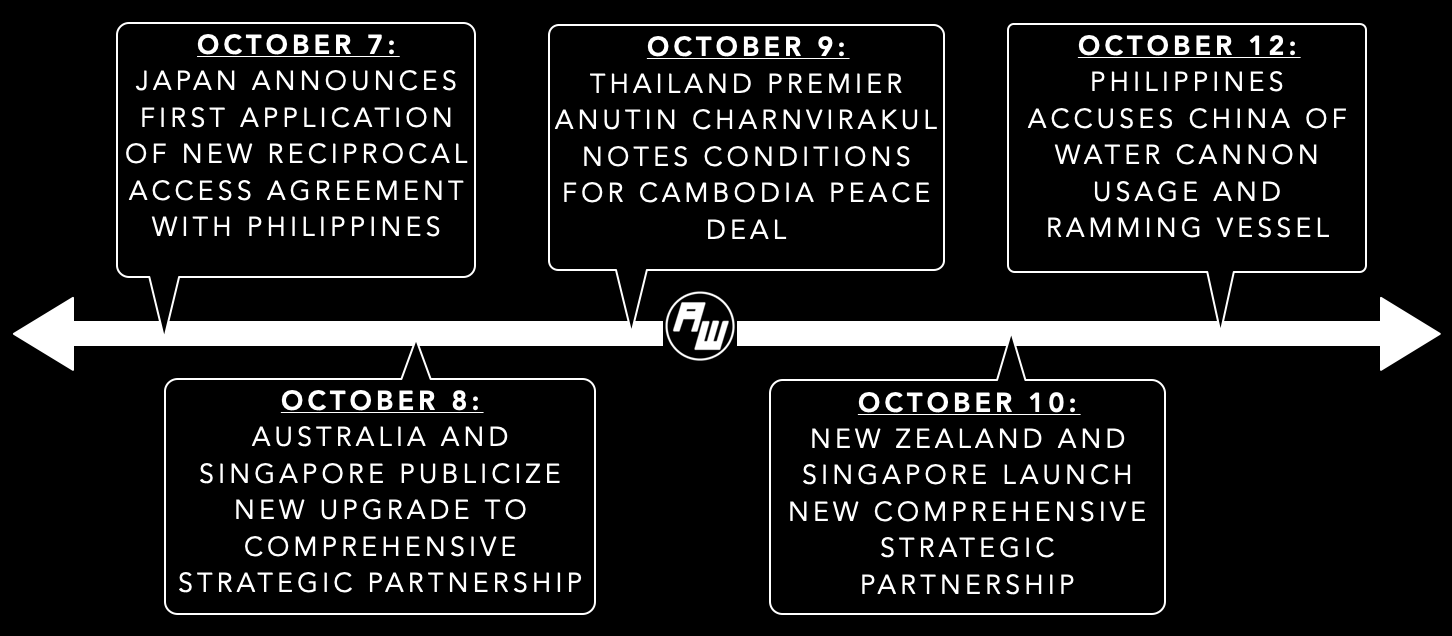Twin New Pacific Upgrade in Singapore Strategic Partnerships
Plus hermit kingdom voyage; China drone controversy; coming cyber law; geoeconomic vision 2050; nuclear forecast; debt escape chatter & much, much more.
Greetings to new readers and welcome all to the latest edition of the weekly ASEAN Wonk BulletBrief! If you haven’t already, you can upgrade to a paid subscription for $5 a month/$50 a year below to receive full posts by inserting your email address and then selecting an annual or monthly option. You can visit this page for more on pricing for institutions, groups as well as discounts. For current paid subscribers, please make sure you’re hitting the “view entire message” prompt if it comes up at the end of a post to see the full version.
For this iteration of ASEAN Wonk BulletBrief, we are looking at:
Assessing the geopolitical and geoeconomic significance of twin new Pacific strategic partnership upgrades including regional and global implications;
Mapping of regional developments, including hermit kingdom voyage outcomes and visa ban duel chatter;
Charting evolving geopolitical, geoeconomic and security trends such as China drone controversy, geoeconomic vision 2050 and coming cyber law;
Tracking and analysis of industry developments and quantitative indicators including nuclear forecast; ban extension talk; debt escape hype and more;
And much more! ICYMI, check out our ASEAN Wonk review earlier this week of a new book by ex-officials that assesses prospects for nonalignment amid intensifying major power competition in the Indo-Pacific and globally;
This Week’s WonkCount: 2,237 words (~10 minutes)
Hermit Kingdom Voyage; Visa Ban Duel Chatter & More
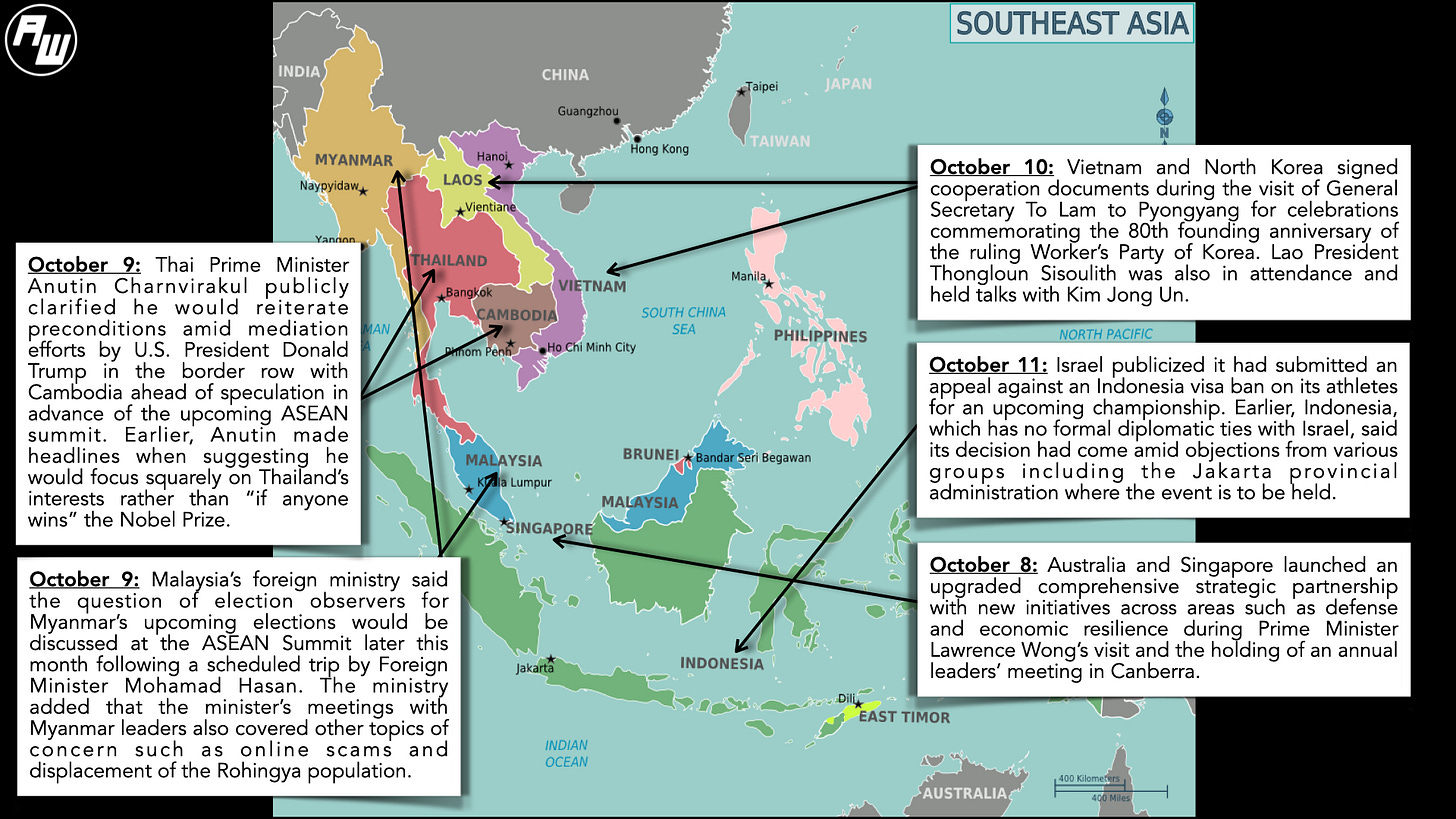
Rising Debt Fears; Work Futures & Future Economic Vision Prospects
“[G]iven the current global predicament, it is in China’s interest to reinvigorate ties with its Global South partners,” argues a new report published by the Global Development Policy Center that examines Beijing’s track record of development finance in the Global South. The report suggests several recommendations for China to revive its development finance record, including refinancing existing loans in countries facing debt distress; providing new long-term lending for green growth and accelerating trade partnerships (link).
Graphic Depicting Evolving “China Debt-Lending Gap”
“One out of every seven young people in China and Indonesia is unemployed,” observes a new update from the World Bank on Asia. The report also notes other trends, including low labor force participation in the Pacific Islands and among women in some cases (with around a 15 percentage point gap relative to men in Indonesia, Malaysia and the Philippines). The report also assesses that the impact of artificial intelligence is not yet “empirically discernable” and that Southeast Asian economies face a lower risk of job displacement than advanced economies (link).
Graphic Depicting Automation and AI Workforce Role
“The new plan goes beyond deepening regional integration. It also focuses on advancing regional resilience,” notes a new commentary published by ASEAN Deputy Secretary General Satvinder Singh on the grouping’s future economic vision out to 2045. The commentary goes through several indicators of significance, including the focus on advancing “regional resilience” in areas like supply chains, energy stability, future-ready workforces and food security (link).
Twin New Pacific Upgrade in Singapore Strategic Partnerships
What’s Behind It
Singapore unveiled details of twin new Pacific upgraded partnerships with both Australia and New Zealand covering areas like defense and economic resilience during an active week of convening and security developments1. Apart from engagements by some Southeast Asian officials attending North Korea’s anniversary commemorations, regional diplomats were also contending with evolving dynamics following the new Gaza deal beyond statements of public support, with a case in point being the scrutiny on Indonesia’s messaging as Trump administration officials publicly hyped up Jakarta’s role in the deal while on the circuit of top Sunday morning talk shows2. Meanwhile, Japan’s embassy officially publicized activation of the new Reciprocal Access Agreement in the Philippines following an earthquake (and yet another China vessel ramming) in another datapoint for Tokyo’s engagement in the region3.
Select Recent Geopolitical Developments in Southeast Asia Amid Twin New Pacific Upgrades
The upgraded partnerships came amid continued scrutiny over competition in the security space. China’s ambassador to Cambodia found himself at the center of controversy across the border in Thailand amid Beijing’s scheduled warship visit and questions over the future shape of its military assistance as part of wider involvement in mainland Southeast Asia4. A Singapore minister told an audience in rather vivid imagery that given complexities including business pushback on some China policies and public opinion cooling on the United States, trying to simply parse significance of these two superpowers which is a subject of nearly every public engagement these days is “like asking which eye is more important…unless you’re already blind in one.”5
Why It Matters
The new upgraded partnership also points to priority datapoints to watch with wider regional as well as global implications (see two originally generated ASEAN Wonk tables below on notable areas to monitor and additional specifics. Paying subscribers can read on for more on what to expect and future implications in the rest of the “Why It Matters” and “Where It’s Headed” sections, along with paid-only sections of the newsletter as usual).





